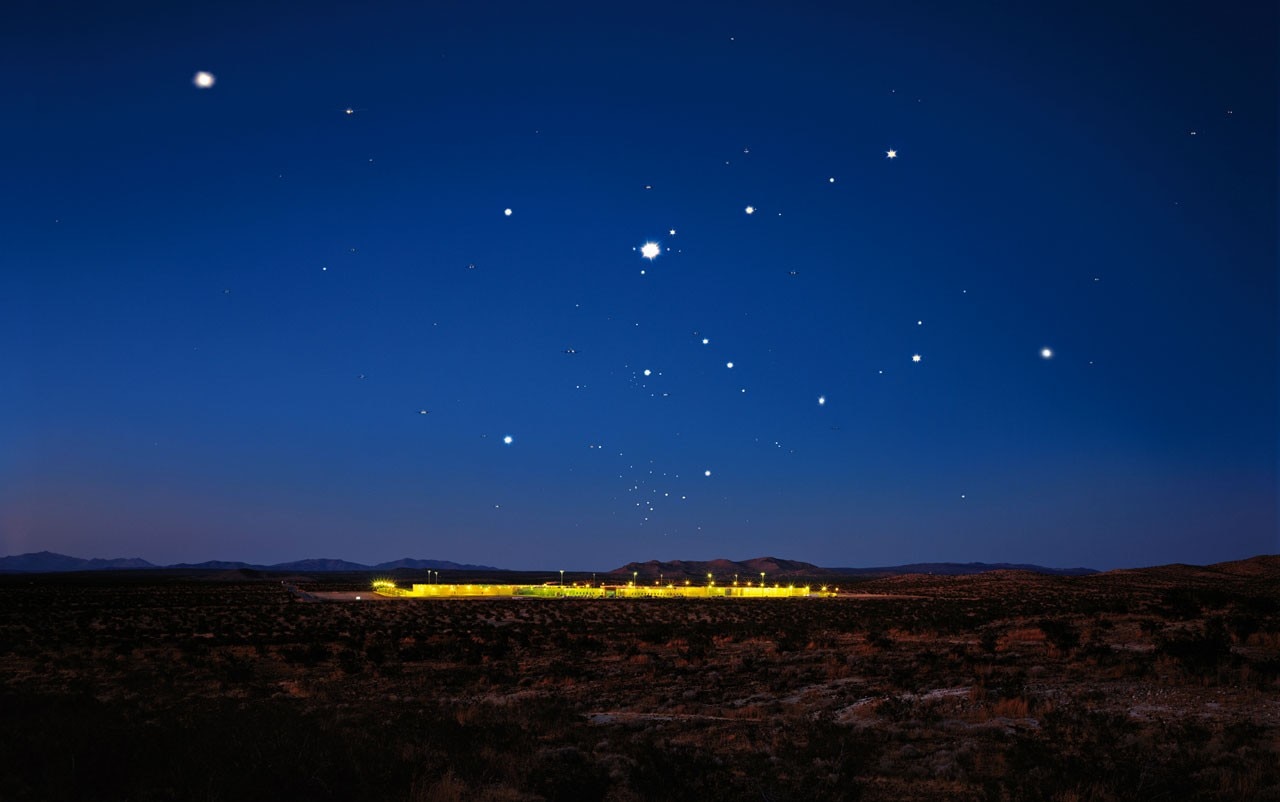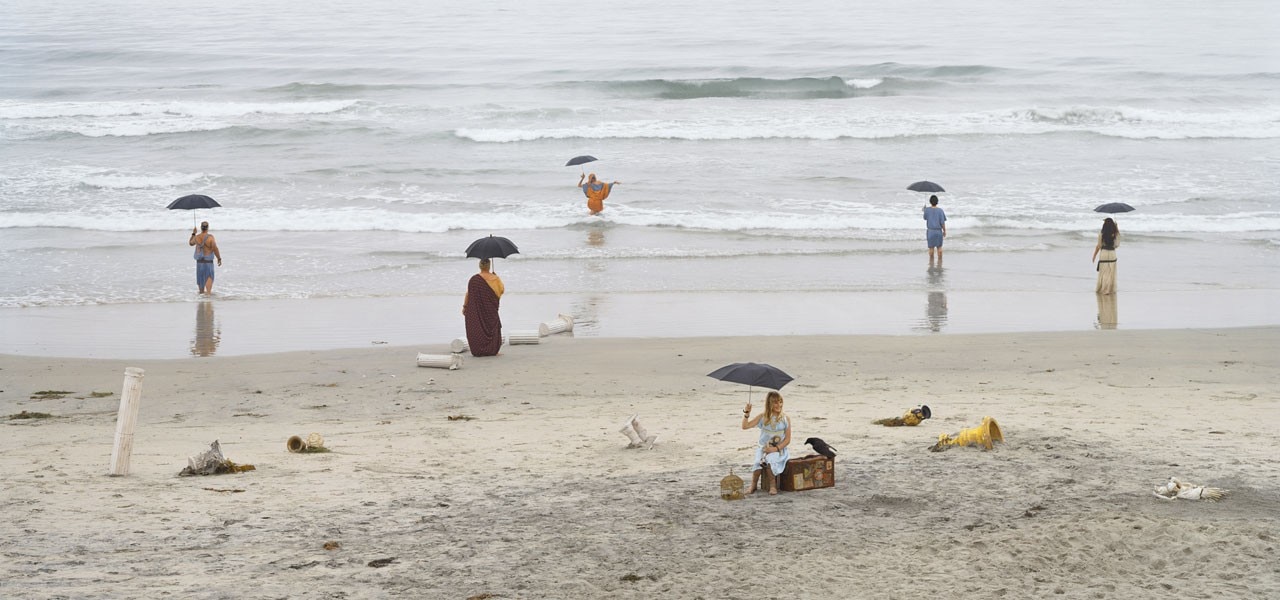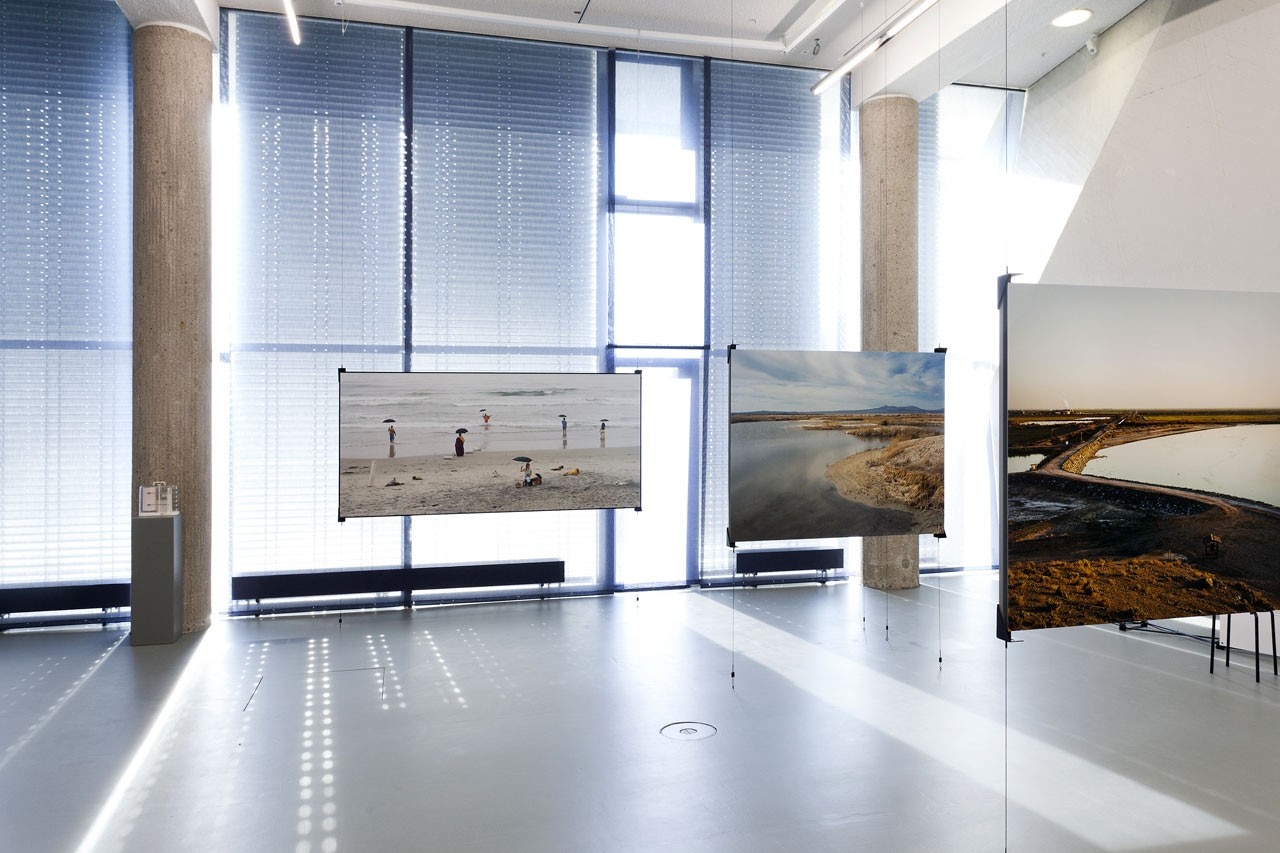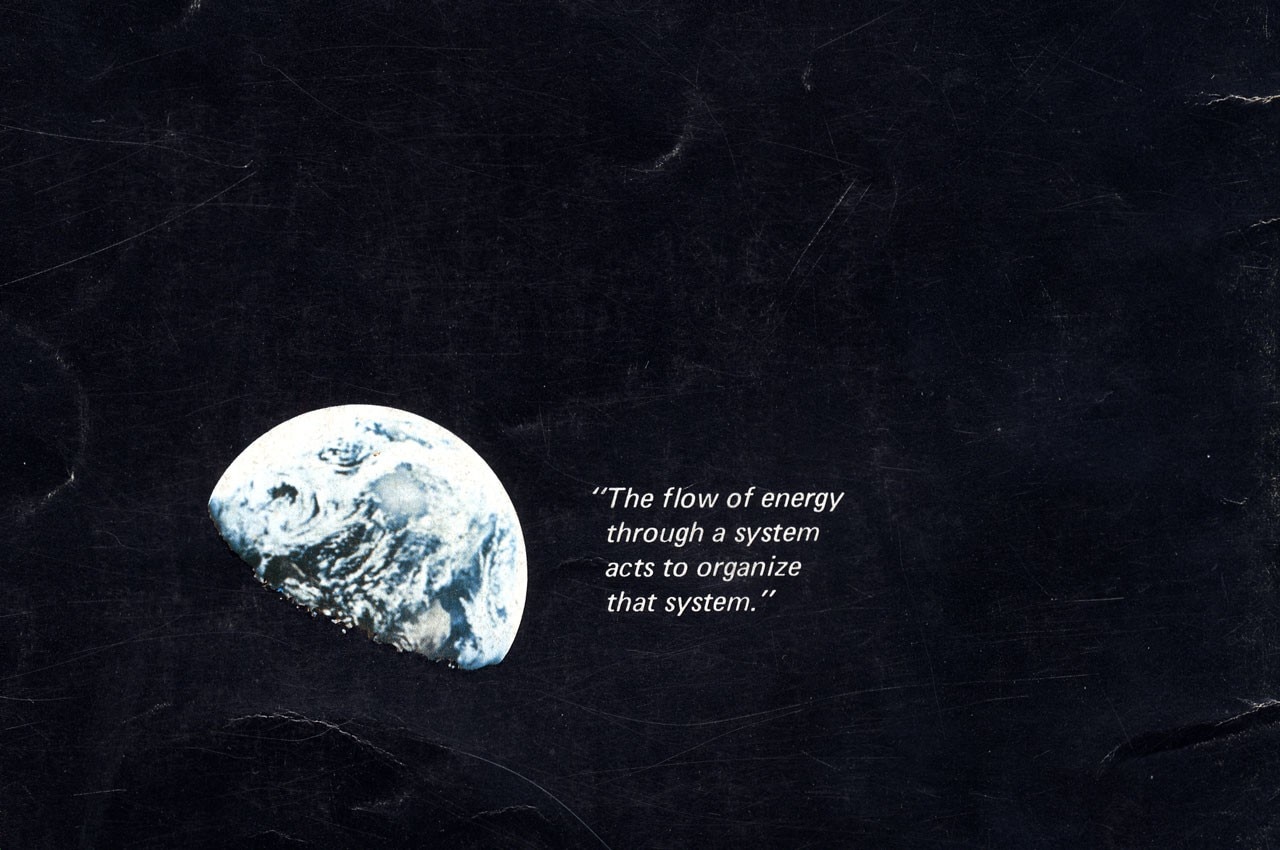
The Whole Earth Catalog was a manual encouraging people to create their own environment and lifestyle and to see the Earth as a precious asset to be respected and nurtured through knowledge.
“We are gods”, said Brand in 1968 when speaking about his Catalog “At a time when a New Left was calling for grass-roots political (i.e., referred) power, Whole Earth eschewed politics and pushed grassroots direct power – tools and skills. At a time when New Age hippies were deploring the intellectual world of arid abstraction, Whole Earth pushed science, intellectual endeavor, and new technology as well as old.”


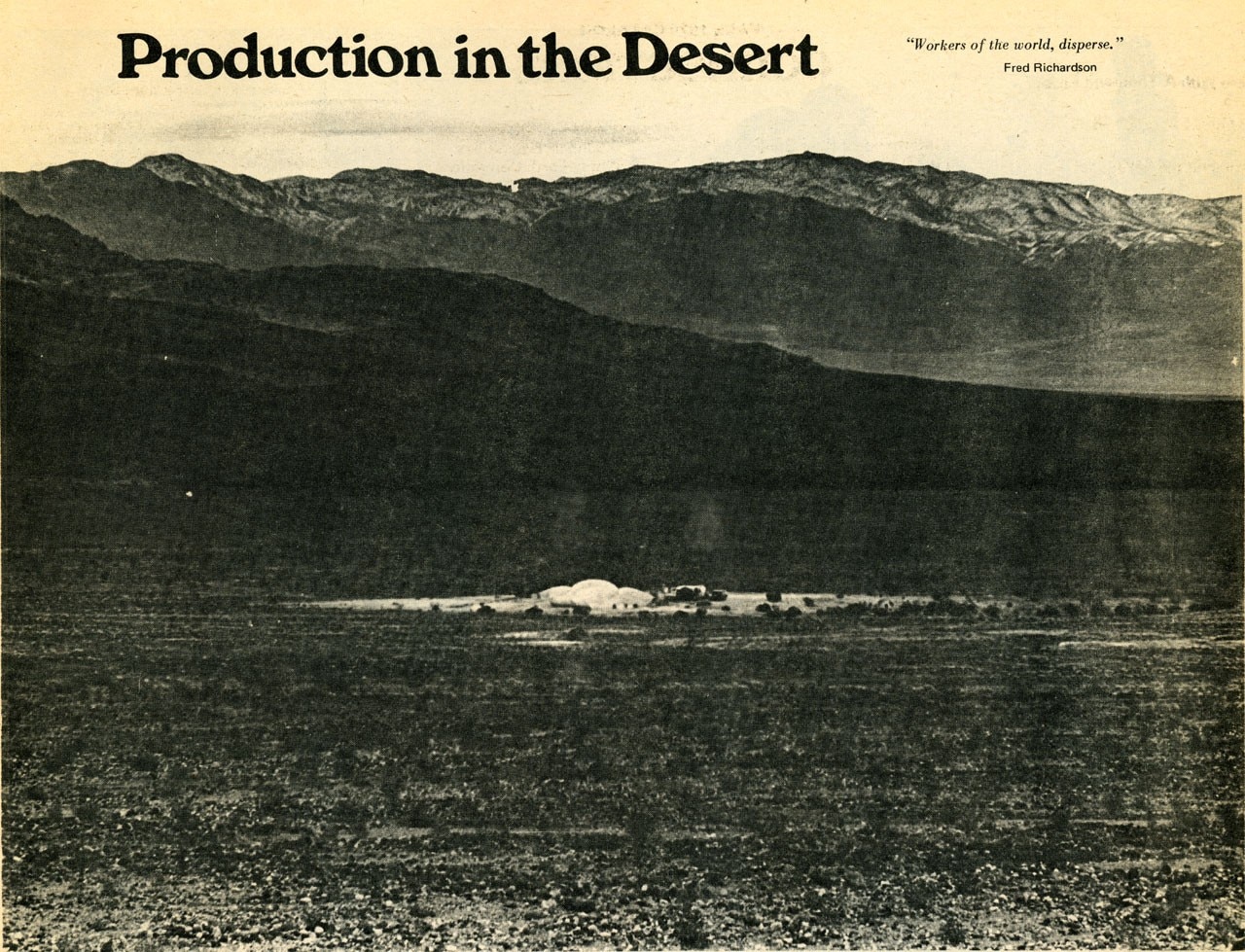
Renowned Otolith 1 work in the Otolith group’s trilogy which, as described by Brian Rogers, “evokes a non-metaphorical weightlessness of alien intimacy” to pictures by Jack Goldstein capturing “the spectacular instant” of natural and scientific phenomena.
This exhibition is a true statement and a fascinating experiment in how an institution known as a “house of culture” can pursue its informative, scientific and communication aims.
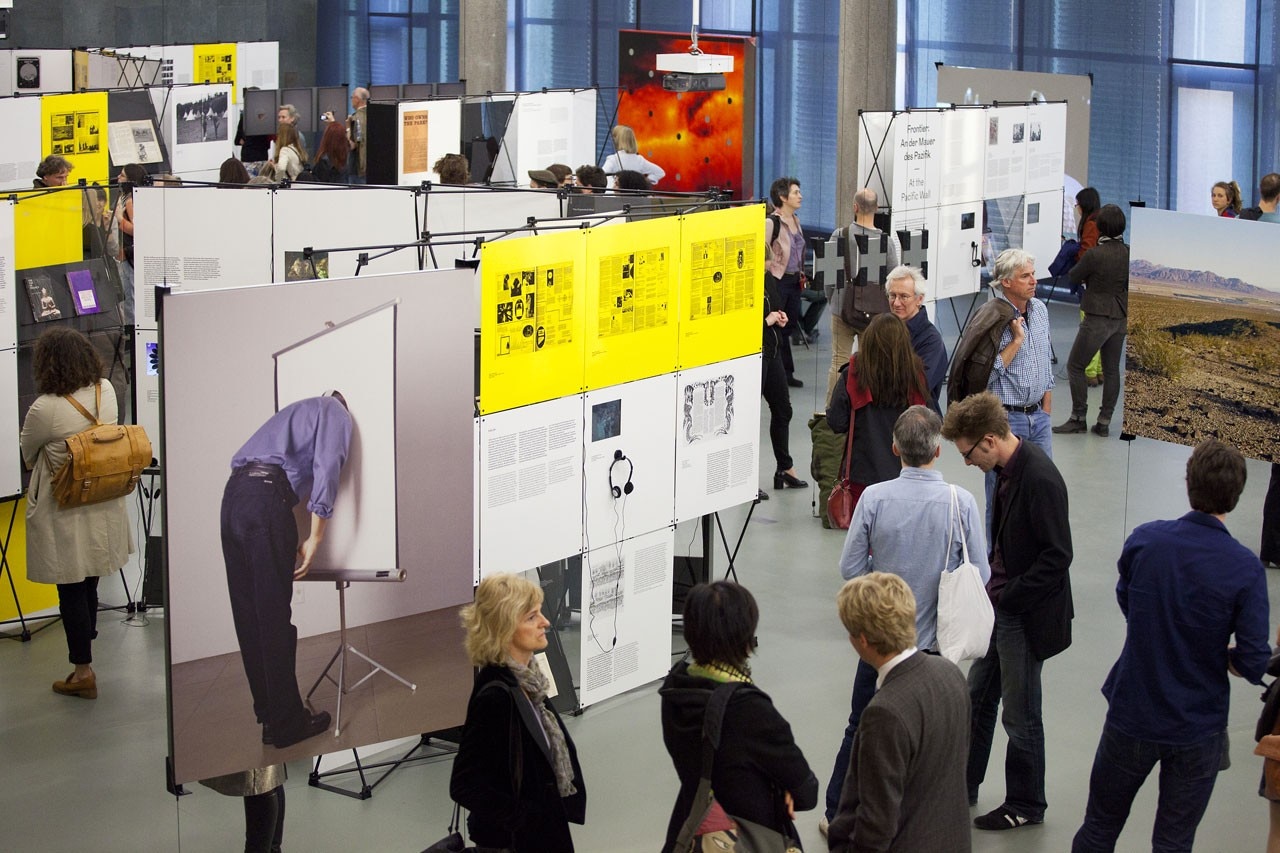
Not strictly speaking a museum that conducts experiments and exhibits products of artistic research but a public institution with broader aims and objectives that relates to the mass public, raising its awareness and involving it in a concept of culture.
The decision to be represented by someone like Anselm Franke, a curator with the finest of intellects and unquestioned ability, is also interesting. Even on his debut here, Franke impressed people with the great insight with which he conceived and staged the theme of animism, an exemplary result on his Ph.D subject. I appreciate and admire the professionalism and depth with which certain themes widely represented and at risk of generalisation in the public domain have, instead, been dealt with and become a part of what, in its own small way, is a keystone not only of the scientific/curatorial approach but also of the even more important one of the work/spectator dialectic.
